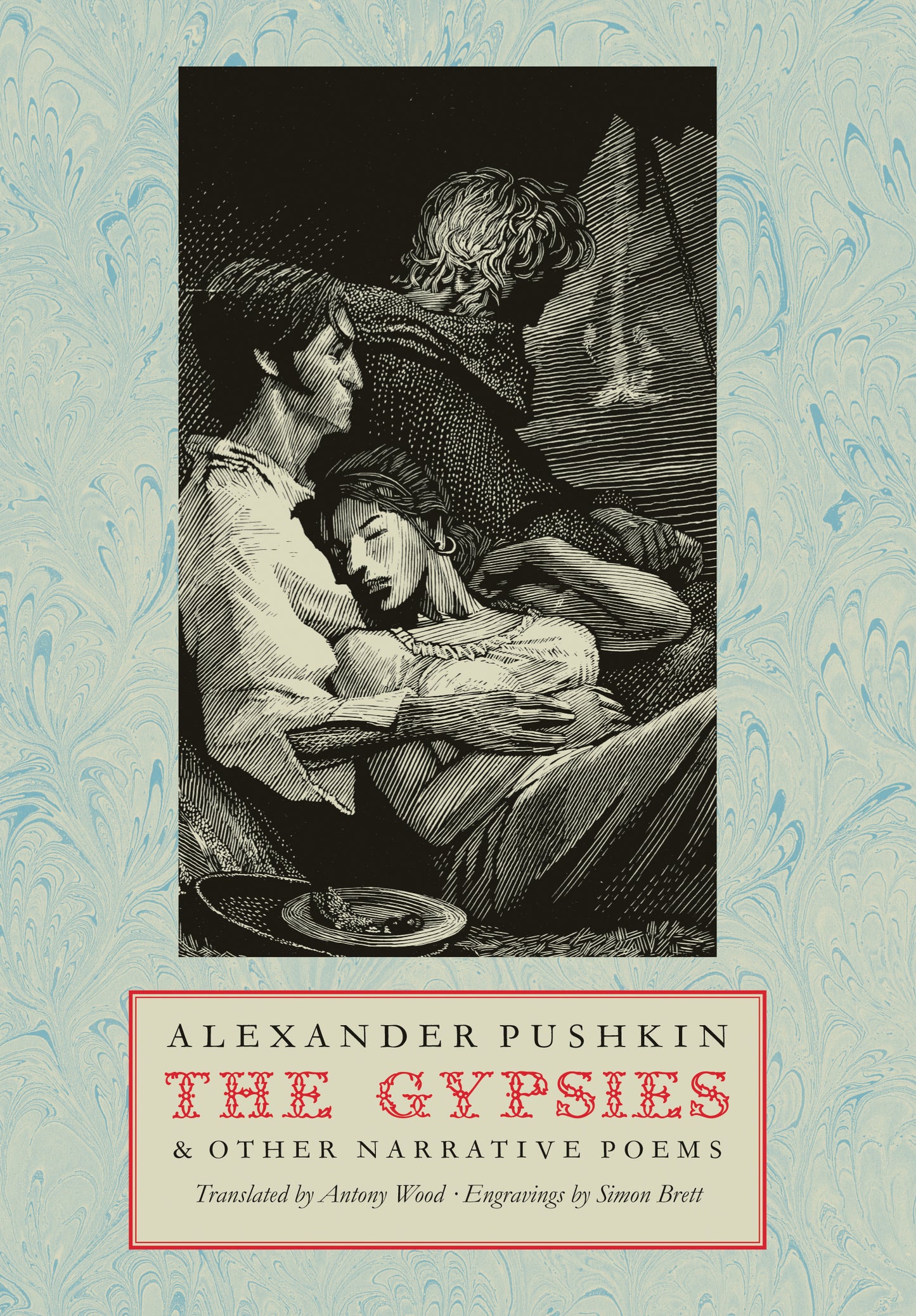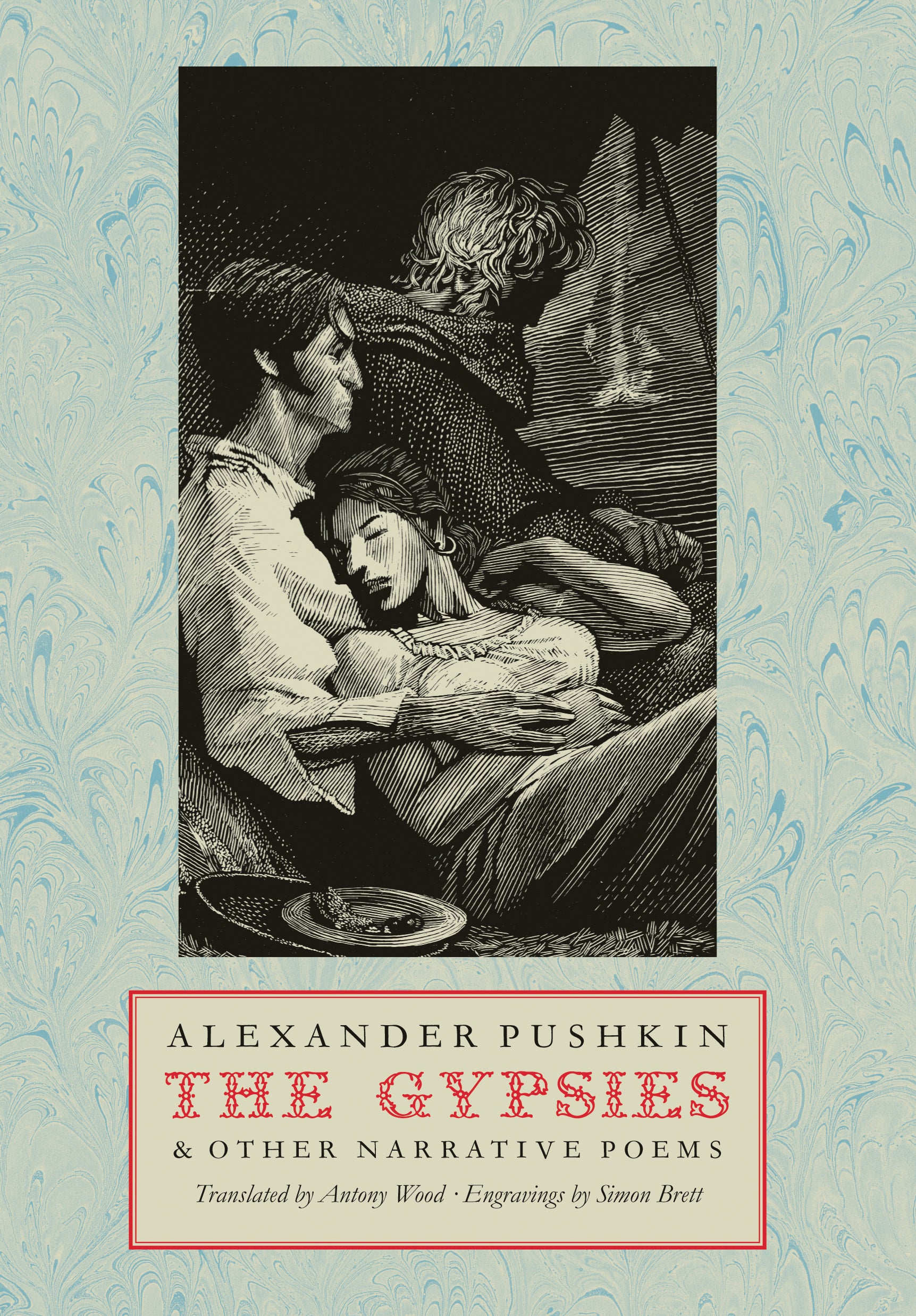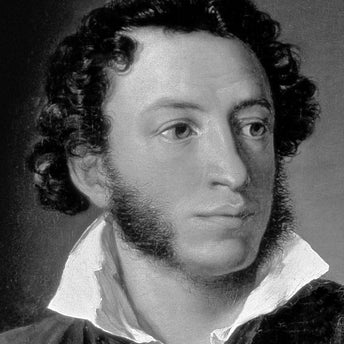
Alexander Pushkin (1799–1837), Russia's greatest writer, wrote much more than his novel in verse, Eugene Onegin. In this selection of five of his finest narrative poems, all of his essential qualities are on display—his ironic poise, his stylistic variety, his confounding of expectations, and his creation of poetry out of everyday language.
The Gypsies is modern Russian literature's first masterpiece. Telling the anti-Romantic tale of an effete city-dweller whose search for "unspoiled" values among a band of gypsies ends in tragedy, it is the major but unacknowledged source for Bizet's Carmen. In "The Bridegroom," Pushkin turns the Romantic ballad into a whodunnit filled with sexual dread and subconscious terror. In "Count Nulin," a deliciously comic tale of country life, he stands Shakespeare's "Rape of Lucrece" on its head—what would have happened if Lucrece had slapped Tarquin's face? "The Tale of the Dead Princess" (Pushkin's version of the Snow White story) transforms Russian folk tale into purest art, and its companion-piece, the eerie "Tale of the Golden Cockerel" (inspired by his bitter experience in with Tsar Nicholas I), savagely politicizes the folk-tale form.
Antony Wood is one of the very few translators who can bring Pushkin authentically alive in English. If, as The Tablet has said, he "comes close to the translator's ideal," so Simon Brett comes close to the illustrator's. This well-known engraver has captured the essence of each of these poems in a single dramatic image, from the firelight reverie of the title poem to the grisly action of "The Bridegroom." The Gypsies is a double masterpiece: a masterly translation of Pushkin for today and a triumph of the illustrator's art.
Lively, elegant, and swift—all that I imagine Pushkin to be. —Christopher Logue
The Gypsies is beautifully designed and illustrated with Simon Brett's exquisite wood engravings. —Bloomsbury Review
Anthony Wood deserves a vodka toast for his witty and nimble translations of these Pushkin verse tales... —Times Literary Supplement
An absolute joy! This volume contains five outstanding translations of the most interesting and rewarding of Pushkin's shorter verse narratives. It is also beautifully printed and illustrated. —Acumen Poetry Journal
Wood's excellent work marks an important moment in the history of Pushkin in English. —The Pushkin Review
Wood adds value to his sparkling versions of five story-poems by Pushkin with a good introduction to the poet and poems and an excellent afterword on Pushkin's challenges for the translator. —Booklist



